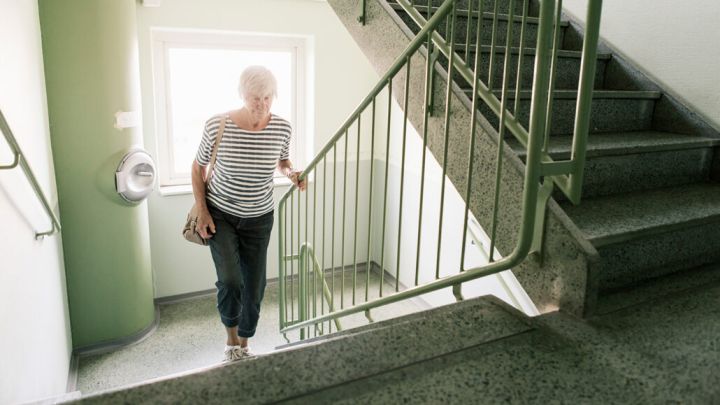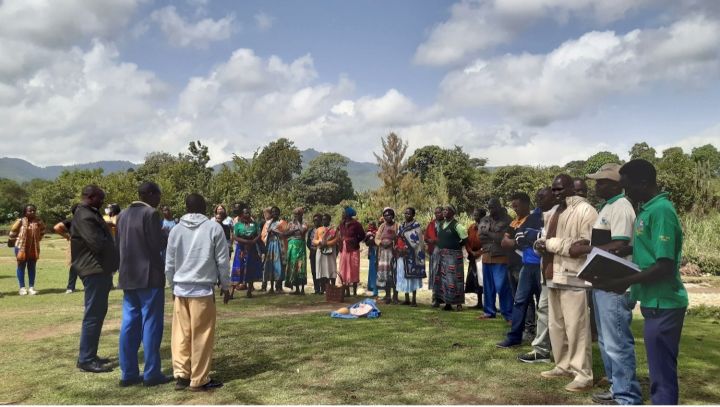Do you get enough exercise? Most American workers don’t meet the required guidelines for exercise, and the lack of movement greatly affects their health and work performance.
The U.S. Chamber of Commerce reveals that the average American adult spends 6.4 hours seated per day, but office workers even go beyond these hours during their workday. Due to their prolonged sitting hours, employees end up being less productive, more exhausted, and even less satisfied with their jobs. On top of that, workers who lack exercise are most likely to experience back pain, neck pain, and other health conditions.
It’s difficult to make time for exercise, especially when you have a busy workload. However, you can balance out your schedule by following these tips:
Boost your motivation by joining a gym
If you’re used to making excuses regarding exercise, you can get the push that you need by joining a gym. Verywell Fit explains that joining a gym can be motivating due to the community of fitness enthusiasts around you, which can ignite a friendly competitive vibe in you. On top of that, your financial investment also serves as a big motivator because gyms can have quite steep costs.
While gyms may cost a pretty penny, you can become more motivated due to the amenities and classes that they offer. These gym attractions allow you to experiment with different workouts, thus increasing your chances of finding a type of exercise that you may like, such as yoga or running.
Squeeze in exercise before or after work
If you think that you don’t have time for the gym, try to make a compromise with your own schedule. One adjustment that you can do is to do workouts before or after work.
Dr. Michael Diaignault shares that morning workouts helped women lose belly fat, reduce their blood pressure, and increase their leg strength. Meanwhile, people who exercised in the evening observed greater benefits from their strength training because they had greater upper body strength, power, and endurance over time. These results are very promising, so it’s worth giving both morning and evening workouts to gauge which one better fits your schedule and health goals.
Increase the number of steps you take per day
During extremely busy periods, one compromise that you can do is to increase your daily step counts. WeightWatchers recommends walking 10,000 steps a day because this simple exercise produces the same results as doing five 30-minute workouts per week. In fact, increasing your daily step count can strengthen your heart, and boost your brain performance, while also reducing your body fat.
As an added bonus, it’s free and easy to do! You don’t need any treadmill or fancy equipment because you can simply work to and from your workplace to increase your steps. You can also take the stairs instead of riding the elevator to boost your daily step count.
Look for workout videos that suit your needs
You don’t have to limit yourself to a particular exercise or schedule. You may even be more motivated when you can work out whenever you want.
Fortunately, this is easy to do with the help of workout videos. Our article entitled Indoor Exercise Is Better Than No Exercise states that many quality fitness videos on the market are safe, effective, and accessible for you. These videos include various classes, like ballroom dancing, aerobics, or even tai chi, with short and long durations. This method makes it easier to find an exercise you like and fit it into your schedule, even if it’s just for ten minutes.
If there’s a will, there’s definitely a way, especially when it comes to exercising. Through these tips, you can squeeze in an effective workout, no matter how busy your schedule may be!
Source by: https://www.agegracefullyamerica.com/how-can-employees-working-nine-to-fives-stay-fit/




